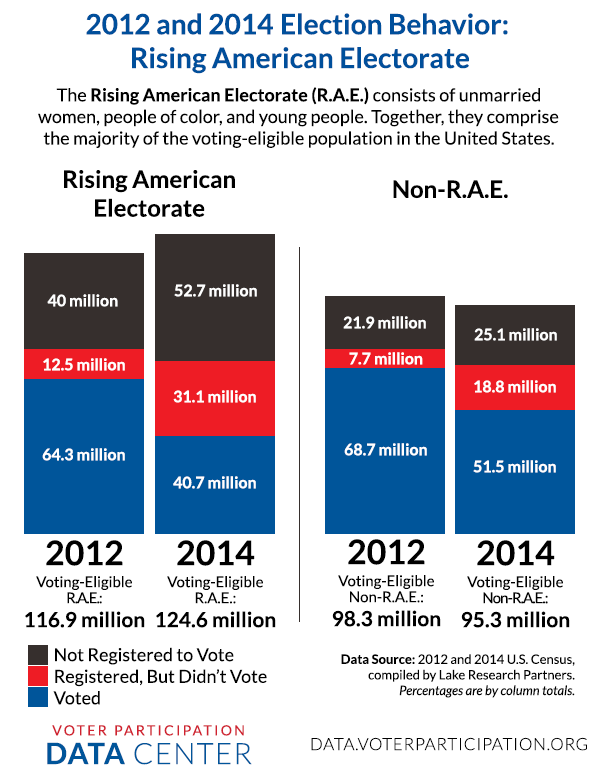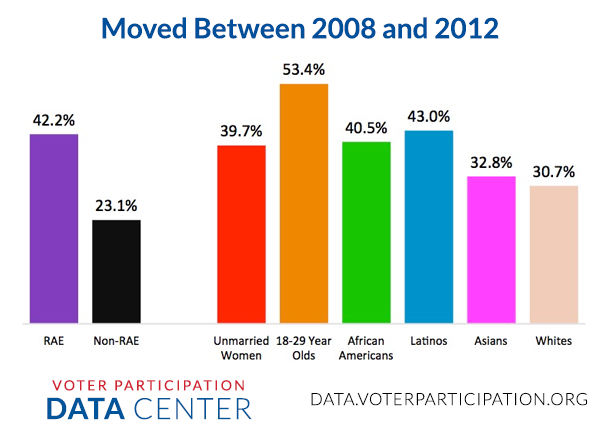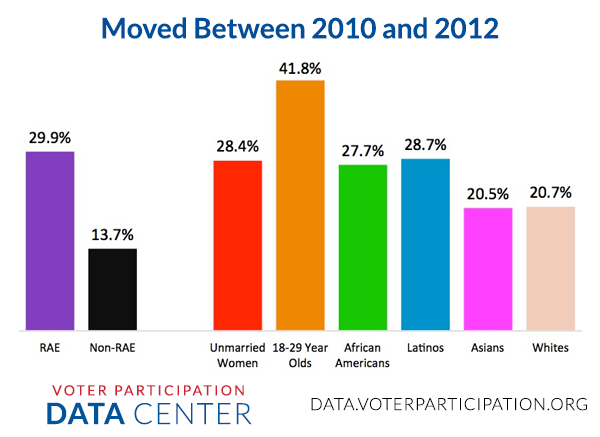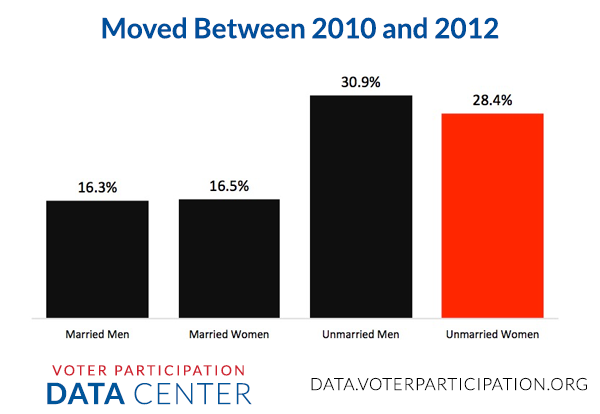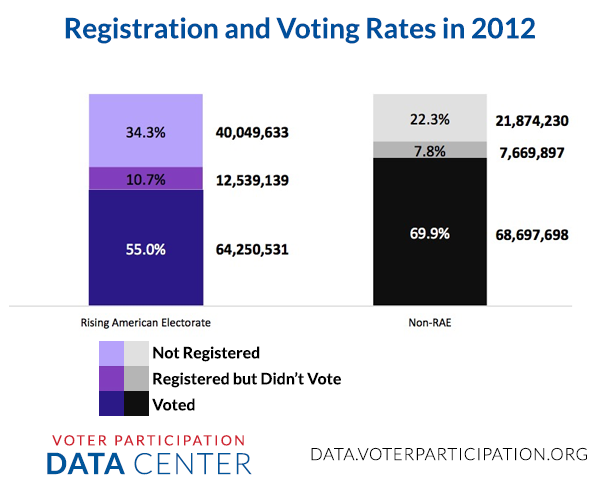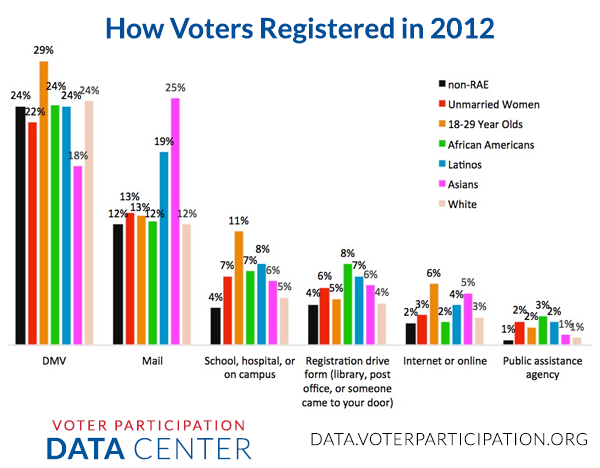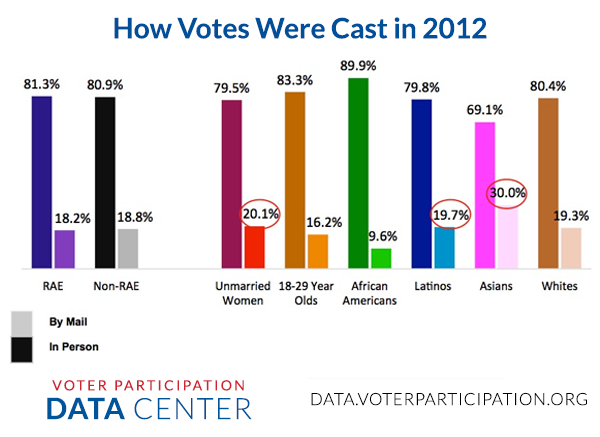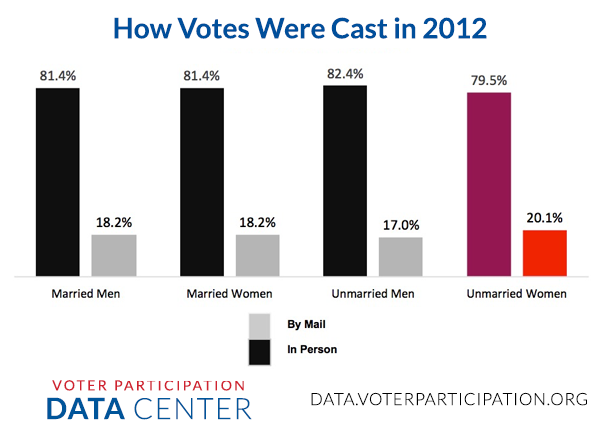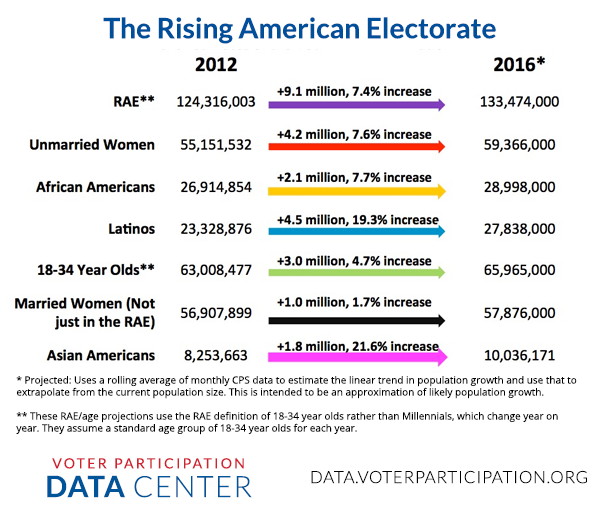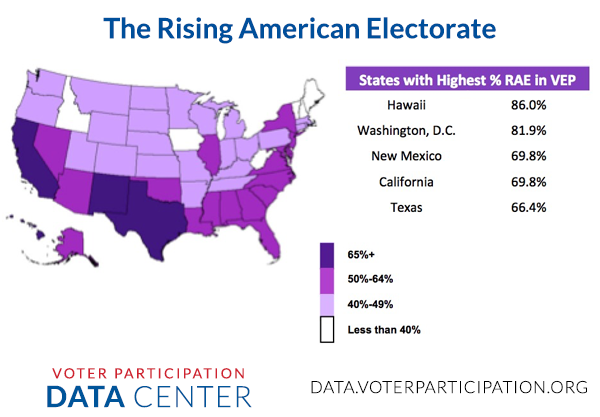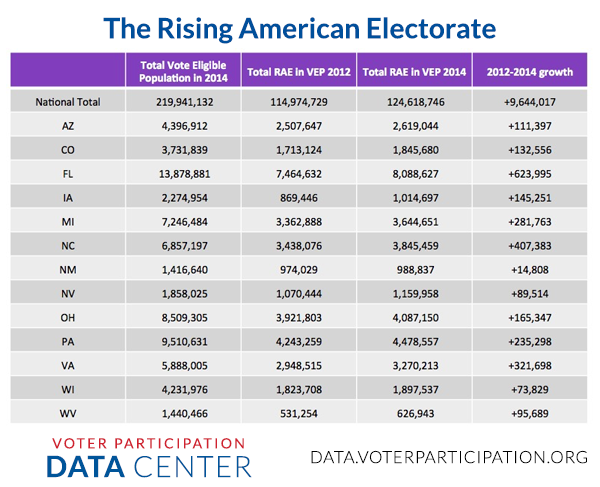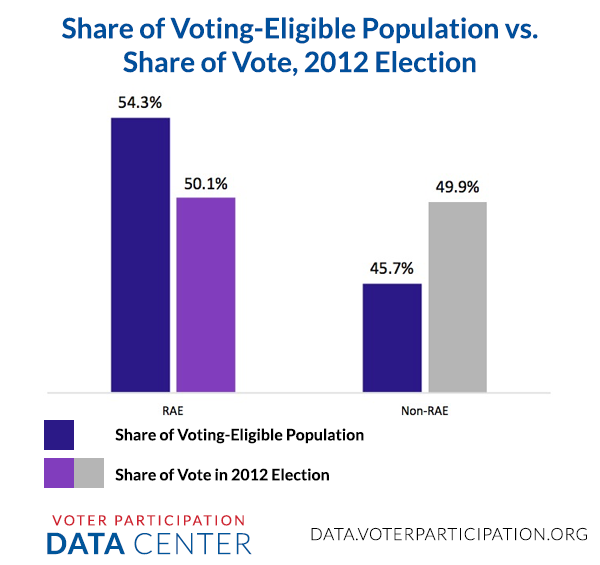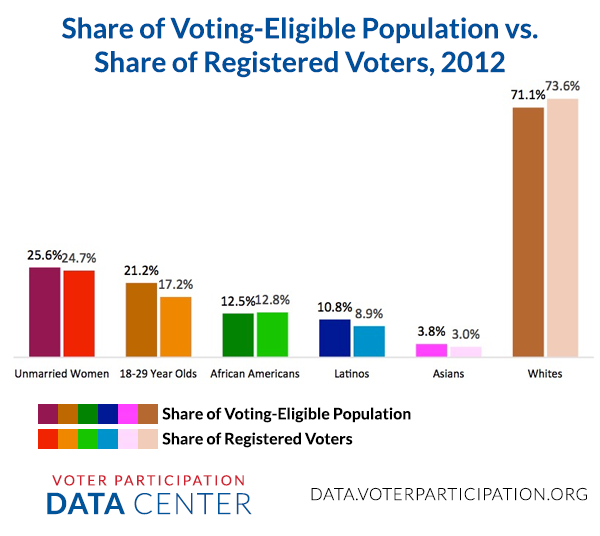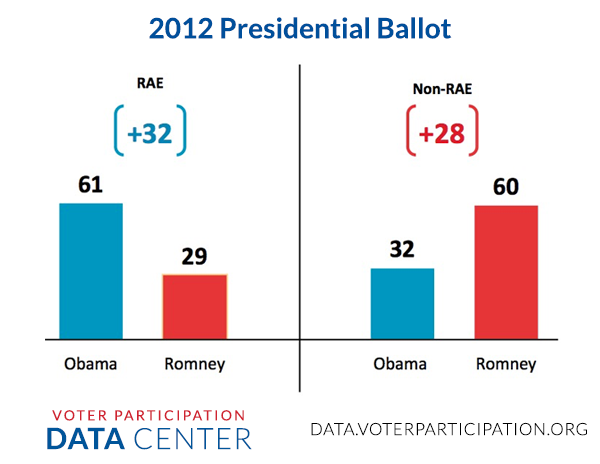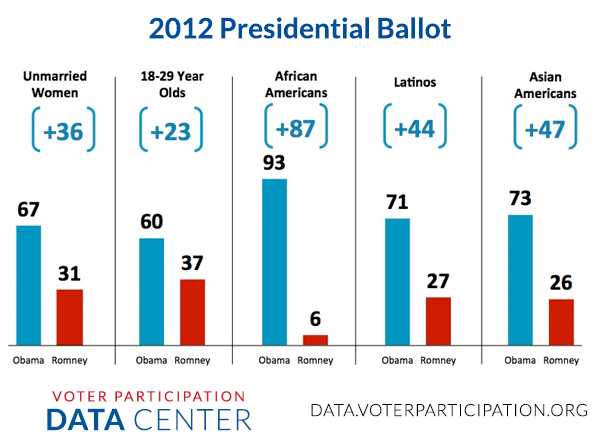The Atlantic: The 2016 Electorate is Voting Just as Predicted
At The Atlantic, Ronald Brownstein and Leah Askarinam have crunched the numbers on 22 state exit polls to find that presidential primary candidates’ demographic appeals have remained remarkably consistent since the voting began in February. In other words: throughout this contest, a state’s demographic makeup—race, gender, age, and socioeconomic status—has been the major factor in determining which of the Republican and Democratic primary candidates will win there.
Read the article.
2016 Primary Spotlight: April 26 Primaries (CT, DE, MD, PA, RI)
The five presidential primaries next Tuesday are all on the east coast—Connecticut, Delaware, Maryland, Pennsylvania, and Rhode Island. These primaries could mark the end of Sen. Bernie Sanders’s presidential campaign and move the Republicans closer to a contested convention.
Here’s what’s at stake:
- Connecticut: 70 Democratic delegates (awarded proportionally); 28 Republican (awarded proportionallyif no candidate gets >50%, winner-take-all if one candidate does)
The Rising American Electorate—unmarried women, people of color, and millennials—make up the majority of voters in Maryland (56%) and Delaware (56%) and close to half the electorate in the other primary states (49% in Connecticut, 47% in Pennsylvania, and 48% in Rhode Island).
Forty percent of the eligible voters in Maryland are people of color (40%), the largest share of any state voting on Tuesday. 30% of MD’s eligible voters are African Americans—and the participation of these voters could decide the tightly-contested Democratic primary race for the open U.S. Senate seat between Representatives Chris Van Hollen and Donna Edwards. According to Washington Post polling, voters are split along racial lines between Van Hollen, a white man, and Edwards, an African-American woman. The Post poll shows that Edwards has a 51-point lead among African-American women.
The VPC has prepared in-depth profiles on unmarried women in each of Tuesday’s five primary states:
Connecticut
Delaware
Maryland
Pennsylvania
Rhode Island
Bloomberg: The Definitely Messy, Probably Solvable Reasons Americans Don't Vote
Here’s a great data visualization from Bloomberg Politics about the things that are keeping people from voting—including problems with access to the polls, voter registration, vote suppression, and the lack of absentee options. In 2012, only 57% of voting-age Americans cast a ballot… find out how many lost voters there are in your state.
2016 Primary Spotlight: New Hampshire
On February 9, New Hampshire voters will begin to winnow the field of presidential contenders. The New Hampshire primary is the first in the series of nationwide party primary elections (Iowa uses a caucus rather than a primary) and since 1952 it has been a major testing ground for candidates for both the Republican and Democratic nominations. Even though only a few delegates will be chosen in the New Hampshire primary, the massive media coverage it receives can make, break, or revive candidacies. One of the unique characteristics of the Granite State primary is that 60 percent of the voters who turn out in the two primaries have met at least one candidate.
Demographically, New Hampshire is very different than the rest of the nation. Its population is 1.5 percent African-American; the country is 13.2 percent African-American. People in New Hampshire are more educated and more likely to be homeowners than are residents of other states.
According to the most recent census data:
- Women make up more than half of the state’s population.
- 46.3% of New Hampshire’s women are unmarried.
- Unmarried women make up 23.6% of the eligible voters in New Hampshire.
- 61% of unmarried women are registered to vote.
A detailed demographic analysis done for the Voter Participation Center shows that unmarried women have a large and vital economic stake in the outcome of the presidential election:
- Unmarried women have the highest unemployment rate in the state – 6.5%.
- They earn substantially less than married women. Unmarried women in New Hampshire earn close to 62% (61.8%) of what a man earns; married women earn close to 90% (89.8%).
- Unmarried women are more than 7 times as likely to live in poverty (14.4 %) than married women (1.7%).
- About seven in ten of all minimum wage or below-minimum wage workers in New Hampshire are women.
Next up: South Carolina
Gearing Up for 2016
In the 2016 election, for the first time ever, unmarried women will make up the majority of voting-eligible women.
That’s just one of the many data points in “Gearing Up for 2016: How Population and Electoral Trends Among the RAE Inform the 2016 Cycle,” the newest report from The Voter Participation Center and Lake Research Partners.
The trend is impossible to ignore: the Rising American Electorate continues to increase in numbers and proportion of the total voting-eligible population, making their needs and concerns more and more difficult for elected officials, candidates, and political parties to ignore.
Update September 25, 2015: This report has been updated with new Census 2014 data.
Downloads
Associated Posts
RAE Spotlight: African-American Voters
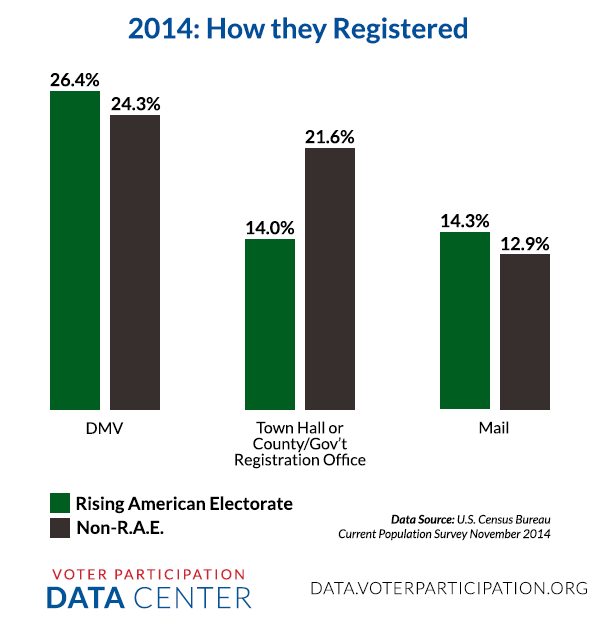
Voter Registration by Snail Mail?! Yes, Snail Mail!
Unmarried Women: An Electoral Profile
The Rising American Electorate: A Population on the Move
How the Rising American Electorate Register and Vote
The Rising American Electorate: A Profile
Unmarried Women: A Demographic and Economic Profile
Map the Change: Registering the Rising American Electorate will Transform the Landscape
In our last post, we focused on the massive numbers of unmarried women who are not registered to vote in key 2016 states. But unmarried women are just one part of the Rising American Electorate (RAE), which also includes people of color and Millennials. Together they make up well over the majority—close to 57 percent—of the U.S. population eligible to vote, but in the 2014 general election they only cast 44% of the votes.
As this interactive map makes very clear, if even a small percentage of unregistered RAE voters register and vote in 2016, it would have an enormous impact on national, state and local elections.
Rising American Electorate Voter Registration by State

Unregistered RAE By State
Data Source: Current Population Survey: Voting and Registration Supplement, 2014. U.S. Department of Commerce, Bureau of the Census
2014 Census Data: The Registration and Voting Gap
Need more evidence for the need to engage the Rising American Electorate in midterm elections? Look no further than the 2014 U.S. Census data, which was released earlier this month. The numbers from the Census Bureau reinforce what other researchers found in the wake of the 2014 midterm elections—that while the Rising American Electorate had a sizeable majority of voting-eligible citizens, they cast a minority of the votes.
The registration and voting rates for married and unmarried women tell the same story as the RAE as a whole:
Among both unmarried women and the larger Rising American Electorate, the number of voters registered decreased substantially between 2012 and 2014. Those results are true despite increasing populations—perhaps in part because members of the Rising American Electorate tend to relocate more often than the general public as a whole, meaning they have to re-register at their new addresses.
That’s why the Voter Participation Center works year-round to register the Rising American Electorate—particularly focusing on people who are moving, young people approaching their 18th birthday, and other voting-eligible but unregistered Americans. Learn more about the work we’re doing.
If you agree with us that our mission to register, activate, and protect the voting rights for the Rising American Electorate is crucial in 2016 and beyond, we hope you’ll consider donating to help us fulfill that mission.
The Rising American Electorate: A Population on the Move
The Rising American Electorate (RAE) — unmarried women, people of color and young people 18-35 (Millennials) – are highly mobile. Four in ten RAE members moved between the 2008 and 2012 presidential elections and lost their registration status. That makes the re-registration of movers a top priority if the RAE share of the electorate is ever going to match its share of the population of citizens eligible to vote.
Unmarried men and women were more likely to move than married men and women.
Young voters were the most likely to have moved between 2010 and 2012.
More than one in four unmarried women moved between 2010 – 2012.
An in-depth demographic, economic and political look at unmarried women and the Rising American Electorate from Lake Research Partners.
- Unmarried Women: A Demographic and Economic Profile
- Unmarried Women: An Electoral Profile
- The Rising American Electorate: A Profile
- How the Rising American Electorate Register and Vote
- The Rising American Electorate: A Population on the Move
How the Rising American Electorate Register and Vote
About a third of the Rising American Electorate (RAE) – unmarried women, people of color, young voters 18-35 (Millennials) — are not registered to vote.
Convenience of registration matters: The RAE is most likely to register at the DMV or by mail.
The majority of the RAE votes in person.
Unmarried women, one of the largest groups within the RAE – are the most likely to vote by mail.
An in-depth demographic, economic and political look at unmarried women and the Rising American Electorate from Lake Research Partners.
- Unmarried Women: A Demographic and Economic Profile
- Unmarried Women: An Electoral Profile
- The Rising American Electorate: A Profile
- How the Rising American Electorate Register and Vote
- The Rising American Electorate: A Population on the Move
The Rising American Electorate: A Profile
The fast-growing Rising American Electorate (RAE) – unmarried women, people of color and young people 18-35 (Millennials) — now account for more than half (56.7 percent) of all eligible voters in the United States.
All of the groups that make up the RAE are growing rapidly and by 2016, they will likely cast over half of all ballots, making them the majority of the electorate.
The RAE population is growing all across America.
While RAE turnout has increased in recent elections, they still do not vote in proportion to their share of the population.
There is a gap in almost all RAE groups between the number of RAE members who could vote and those who do.
About a third of the RAE is not registered to vote.
Latinos and young people are the least likely to be registered.
RAE turnout in 2012 was 55 percent, compared to an almost 70 percent (69.9 percent) turnout by the rest of the electorate. RAE members who voted in 2012 helped reelect President Obama.
All the groups that make up the RAE overwhelmingly supported President Obama.
An in-depth demographic, economic and political look at unmarried women and the Rising American Electorate from Lake Research Partners.


